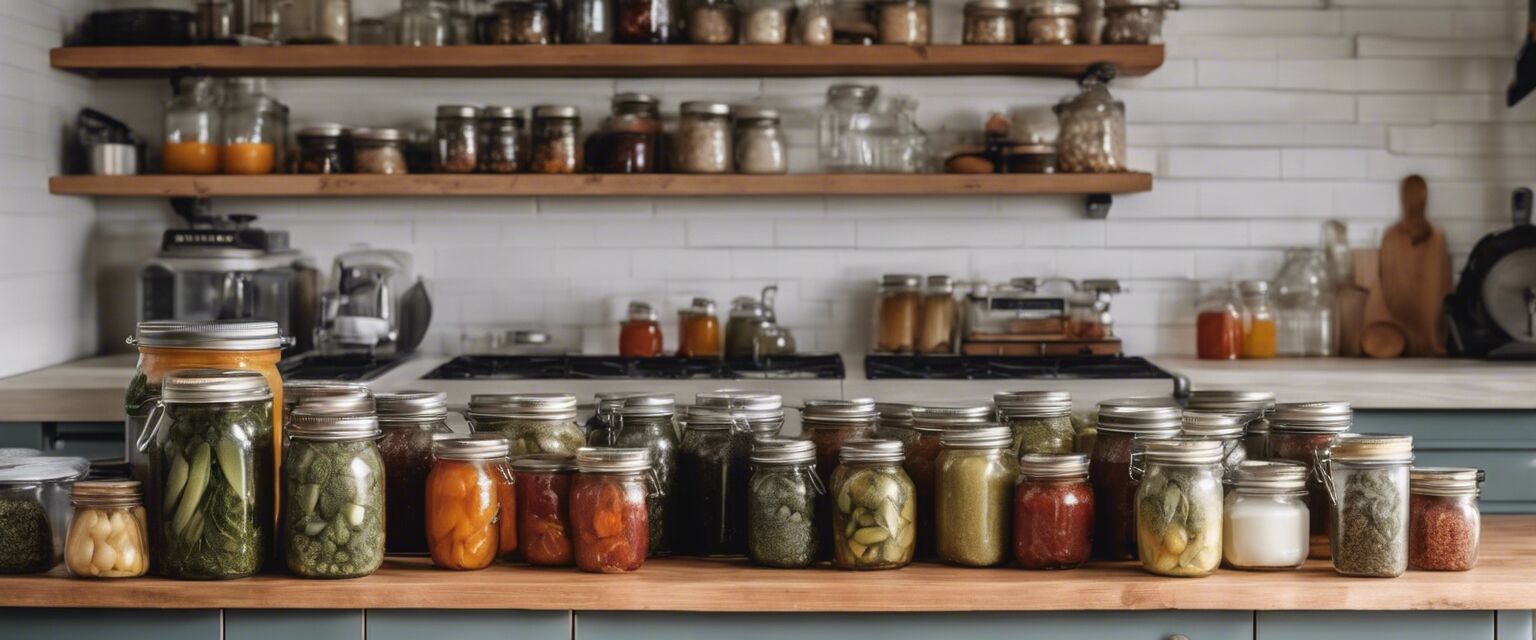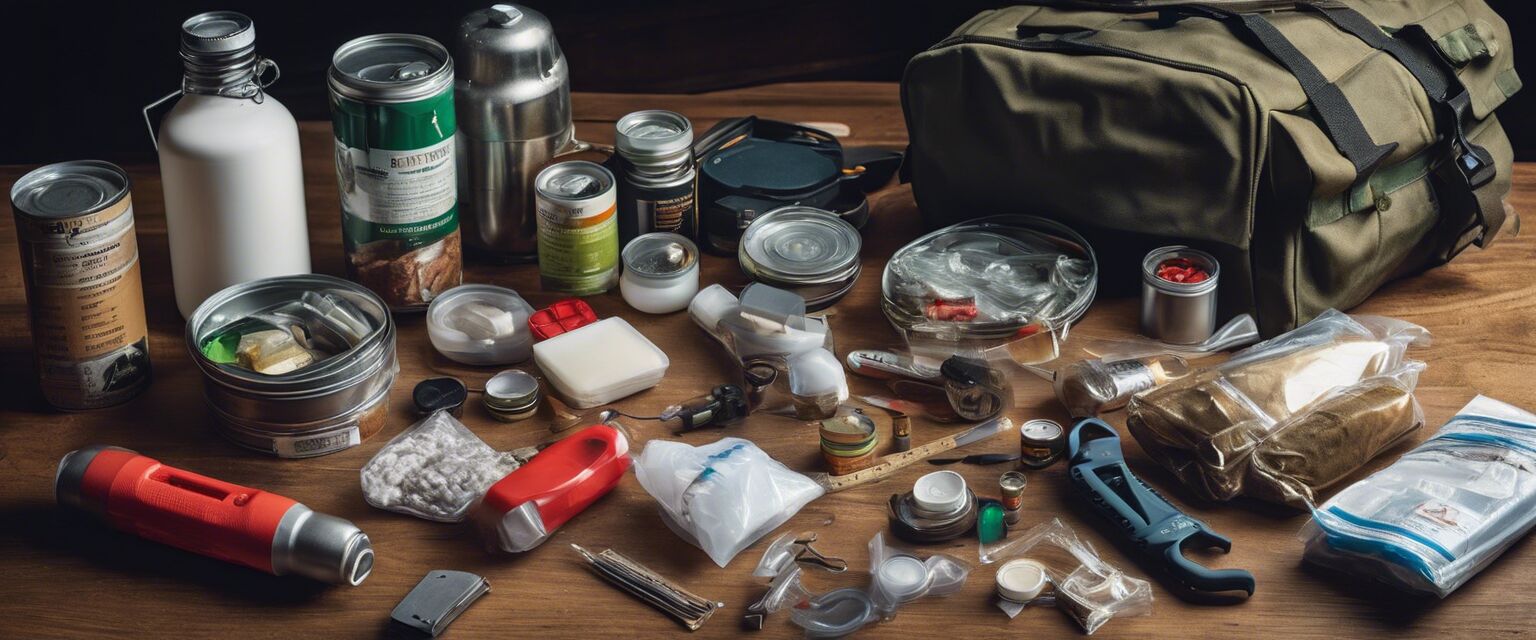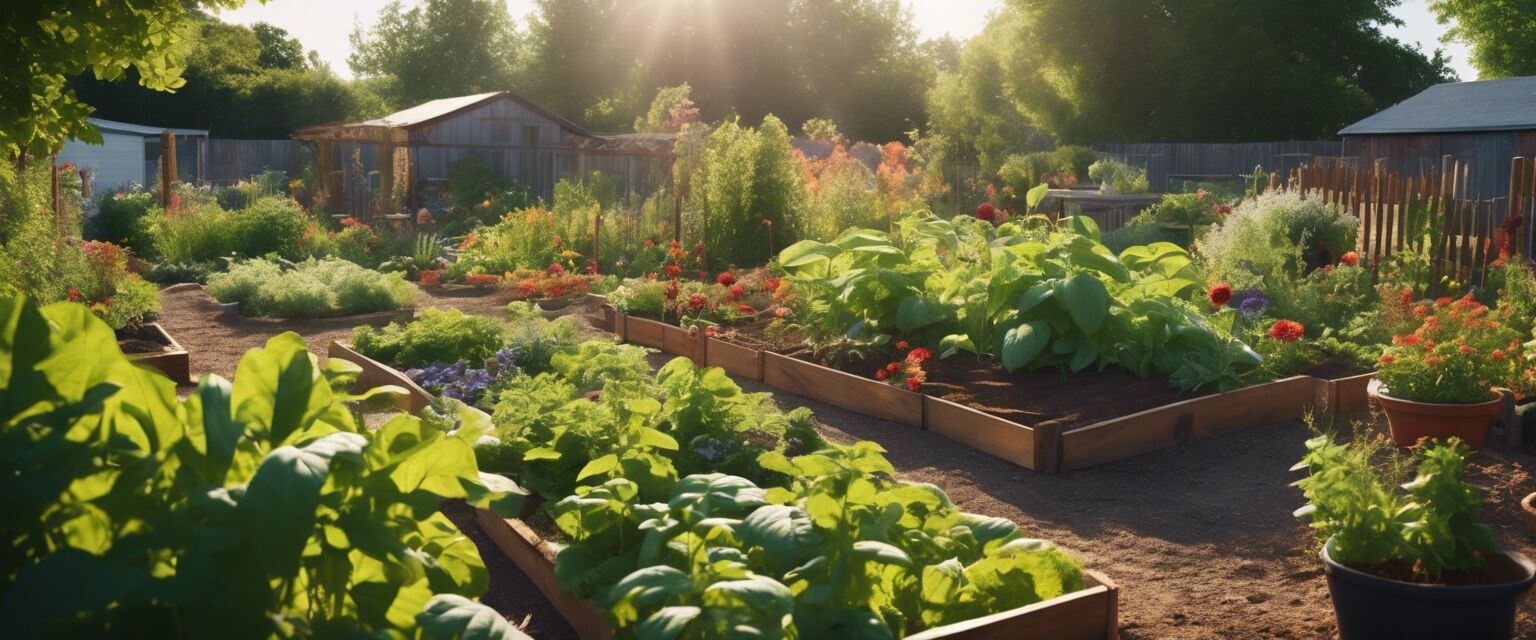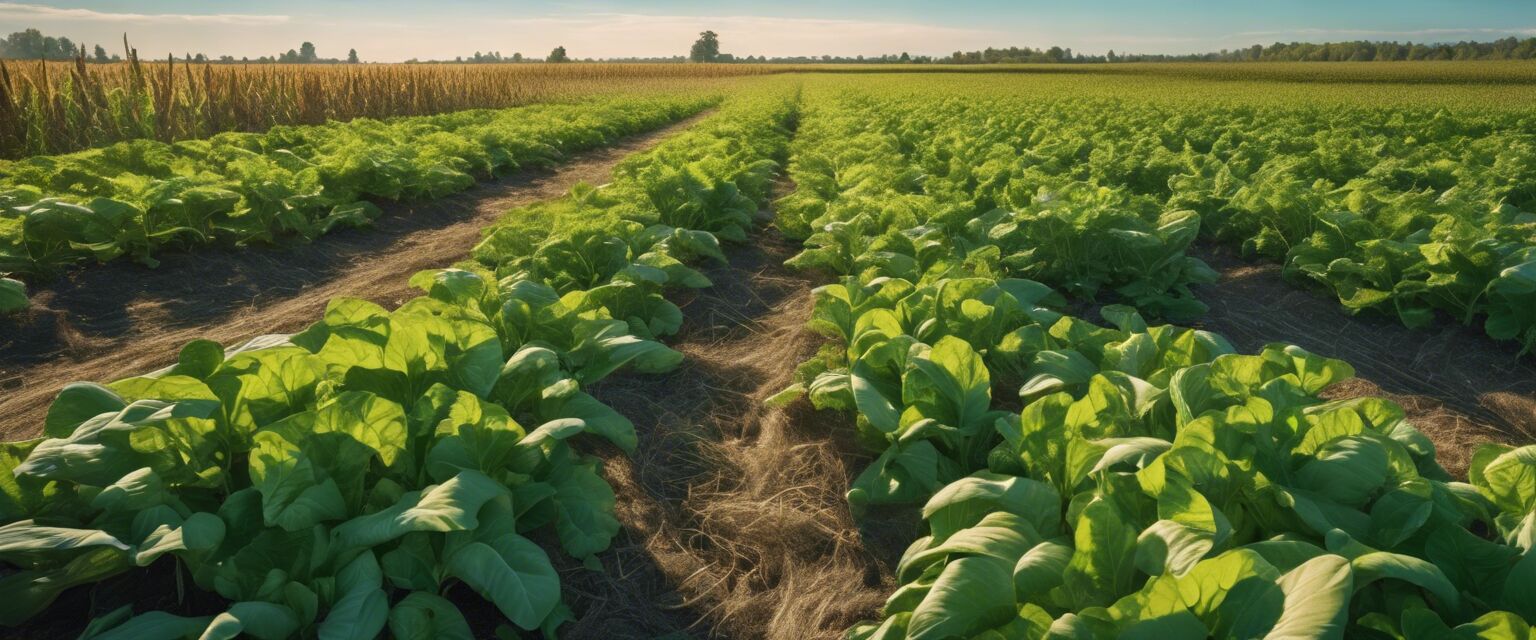
Crop Cultivation
Key Takeaways
- Understanding soil health is crucial for successful crop cultivation.
- Crop rotation and companion planting can enhance crop yields.
- Water management is vital to prevent crop failure.
- Choosing the right tools and equipment can save time and effort.
- Regular monitoring and pest control are necessary for crop health.
Crop cultivation is an essential aspect of homesteading and self-sufficiency. By growing your own crops, you can ensure a sustainable food source while also enjoying the benefits of working with nature. This guide will provide you with essential information on growing and maintaining various crops for sustenance.
Understanding soil health
Soil health plays a critical role in the success of your crops. Healthy soil is rich in nutrients, has good structure, and supports a diverse ecosystem of microorganisms.
| Soil Component | Importance |
|---|---|
| Organic Matter | Improves soil structure and nutrient availability. |
| Microorganisms | Help in breaking down organic material and enhancing nutrient absorption. |
| pH Level | Affects nutrient availability and plant growth. |
Crop rotation and companion planting
Implementing crop rotation and companion planting can significantly enhance your crop yields and reduce pest problems.
Benefits of crop rotation
- Reduces soil nutrient depletion.
- Helps manage pests and diseases.
- Improves soil structure and fertility.
Companion planting examples
| Crop | Companion Plant | Benefit |
|---|---|---|
| Tomatoes | Basil | Improves flavor and repels pests. |
| Carrots | Onions | Repels carrot flies. |
| Corn | Beans | Beans fix nitrogen in the soil. |
Water management
Proper water management is vital to prevent crop failure. Understanding your crops' water needs and implementing efficient watering systems can lead to healthier plants and better yields.
Watering tips
- Water early in the morning to reduce evaporation.
- Use drip irrigation systems for efficiency.
- Monitor soil moisture levels regularly.
Choosing the right tools and equipment
Having the appropriate tools can make the process of crop cultivation much easier. Here are some essential tools you should consider:
- Hand trowel
- Gardening fork
- Pruners
- Watering can or hose
- Tiller
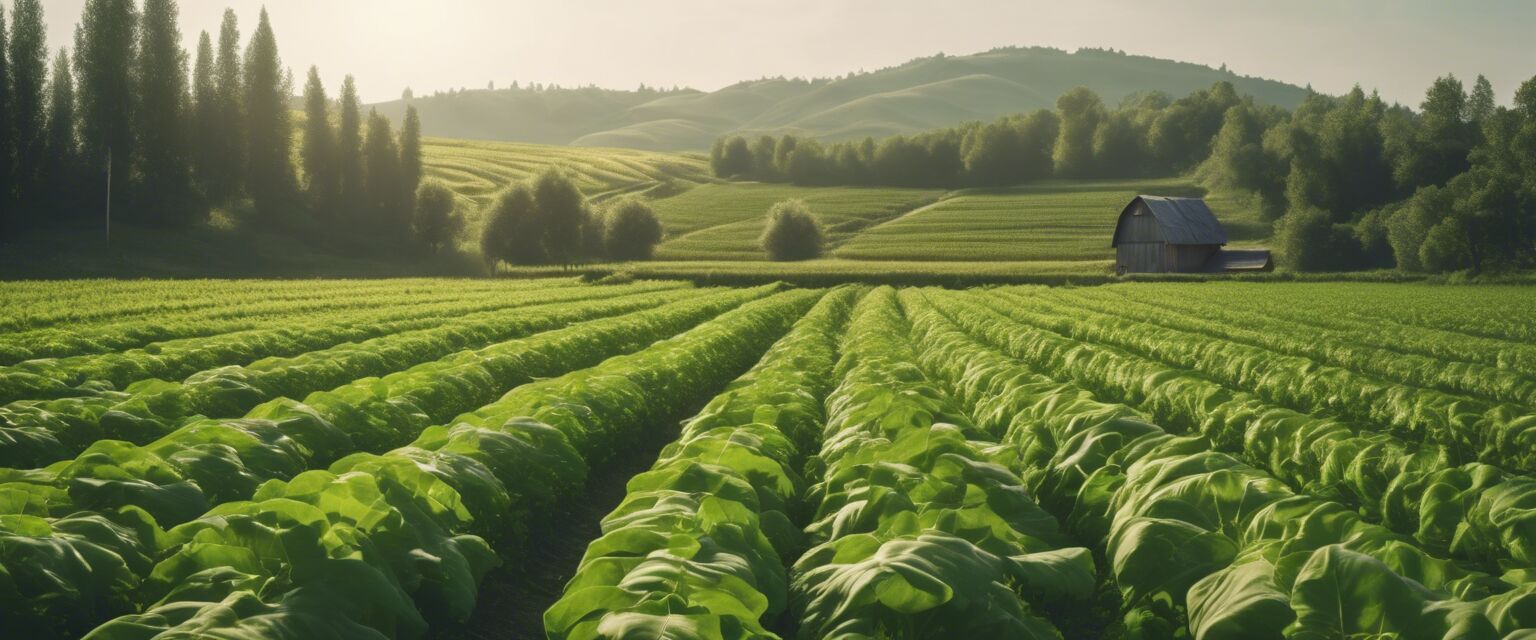
Pest control strategies
Regular monitoring and pest control are necessary for crop health. Implementing integrated pest management (IPM) can help you manage pests without relying solely on chemical solutions.
Common pest control methods
- Encouraging beneficial insects like ladybugs and lacewings.
- Using organic pesticides.
- Implementing physical barriers such as row covers.
Harvesting and storing crops
Harvesting crops at the right time ensures maximum freshness and flavor. Proper storage techniques can extend the shelf life of your produce.
Best practices for harvesting
- Use clean tools to avoid contaminating crops.
- Harvest in the morning when temperatures are cooler.
- Handle produce gently to prevent bruising.
Storing crops effectively
Different crops require different storage methods. Here are a few examples:
| Crop | Storage Method | Ideal Temperature |
|---|---|---|
| Potatoes | Cool, dark place | 45-50°F |
| Tomatoes | Room temperature | 68-72°F |
| Carrots | Refrigerator | 32°F |
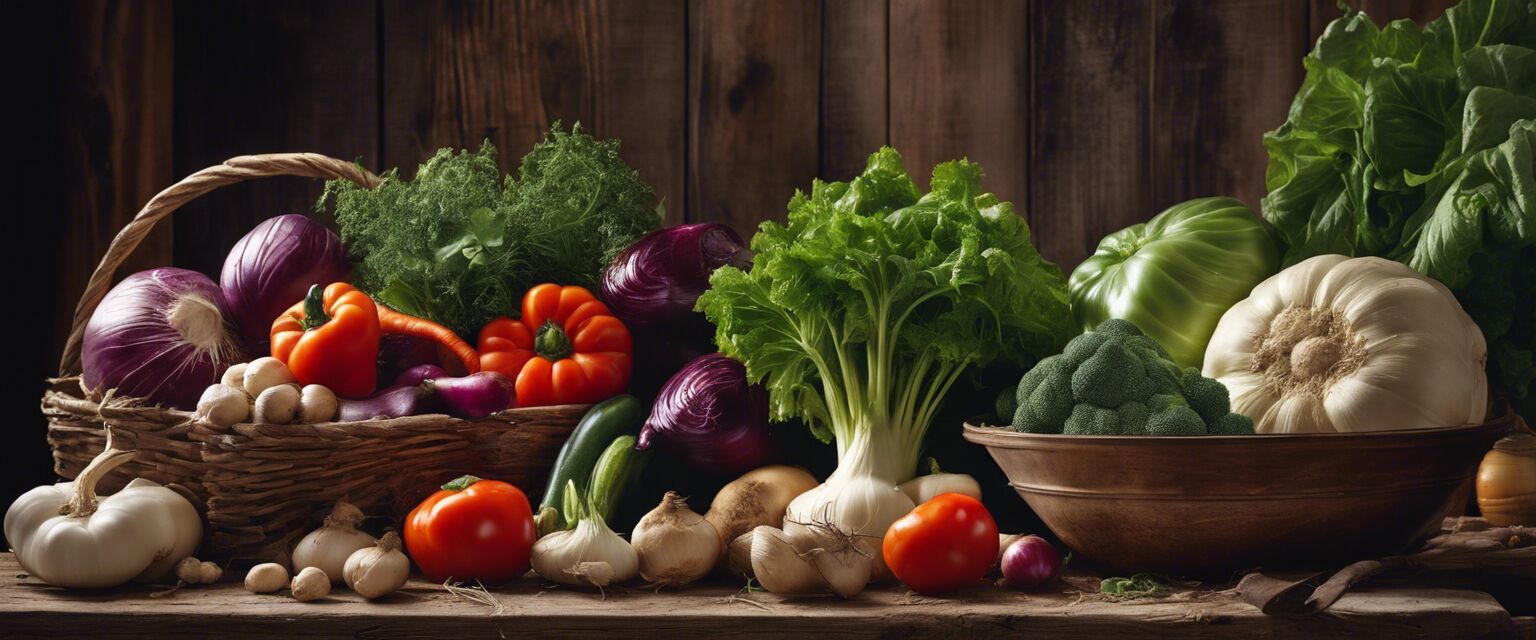
Conclusion
Crop cultivation is a rewarding endeavor that contributes to self-sufficiency and sustainable living. By understanding soil health, implementing effective planting strategies, and managing water and pests, you can grow a bountiful harvest. For more tips on related topics, check out our pages on Gardening Tools, Water Filtration Solutions, and Emergency Kits.



